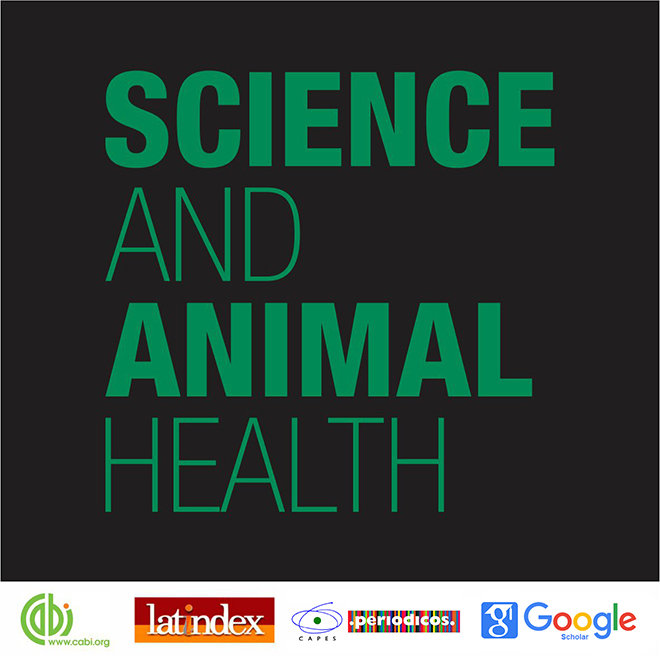PLASMA CALCIUM AND PHOSPHORUS LEVELS IN Chelonia mydas JUVENILES OBTAINED FROM THREE FEEDING AREAS ON THE BRAZILIAN COAST
Resumo
The contamination of the marine environment by industrial, agricultural, and domestic effluents is extremely harmful, influencing, in many cases, the abundance and diversity of food resources. In addition to changes in diet, impacted environments provide a favorable scenario for the occurrence of diseases in aquatic organisms. Little is known about the effect of anthropization on the health of Chelonia mydas populations in Brazil. This work aimed to evaluate biochemical parameters of juvenile green turtles in three feeding areas in Brazil with distinct degrees of anthropization. From October 2012 to May 2014, 123 specimens of C. mydas were captured at three feeding sites along the coast of Brazil, with obvious differences between degrees of anthropization. Of these, 21 specimens were captured at the Vitória Bay, ES, 42 specimens at the Abrolhos Marine National Park, BA, and 60 specimens at the Atol das Rocas Biological Reserve, RN. The biochemical parameters evaluated were calcium (Ca), phosphorus (P) and their ratio (Ca:P). Plasma concentrations of P showed a significant difference between the feeding areas, decreasing according to the distance from the coastal region. The work recommends the study of plasma phosphorus levels as an indicator of the environmental quality of feeding sites in Brazil. For this, studies that correlate the P levels of food components of green turtles with plasma levels should be carried out.



